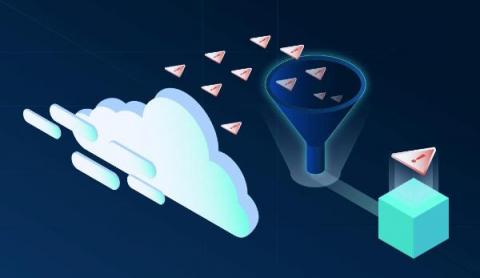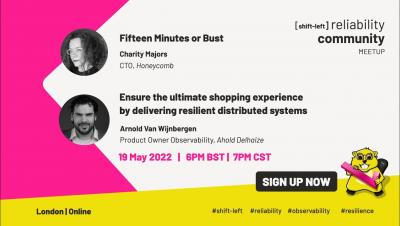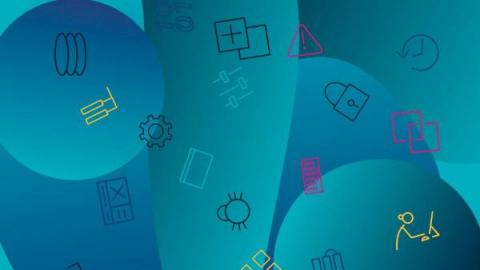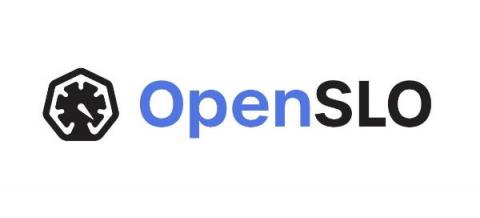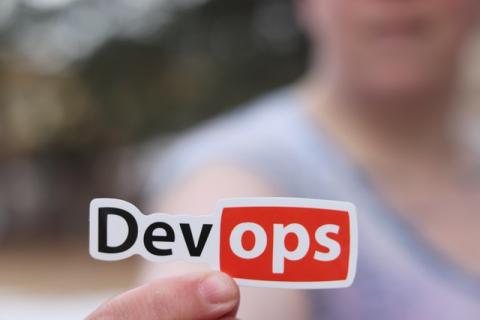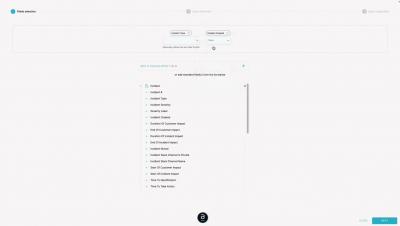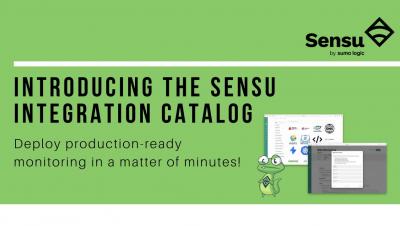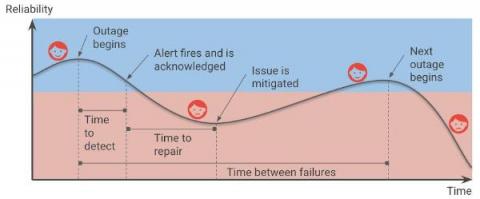Operations | Monitoring | ITSM | DevOps | Cloud
May 2022
DevOps Team Structure | Roles & Responsibilities
Simplifying SLO and Error Budget tracking for SRE teams
Service level objectives (SLOs), and the subsequent service level indicators (SLIs) are the foundation to establishing a strong SRE culture and how they promote accountability, trust and timely innovation. We are on a mission to simplify SLO and Error Budget tracking and with that aim in mind, we have added the SLO Tracker feature to the Squadcast platform. SLO Tracker seeks to provide a simple and effective way to keep track of your error budget burn rate without the hassle of configuring and aggregating multiple data sources.
5 Tips If You're the 1st SRE Hire by Instacart's First SRE
Site Reliability Engineers (SREs) have a considerable set of tasks to juggle no matter where they work or how long their company has had an SRE practice. But if you’re the very first SRE to join an organization – as many SREs are these days, given that the SRE trend is trickling down into smaller and smaller companies – you face a special group of challenges. You may find it difficult to get buy-in for SRE from other technical teams.
SRE basics: Understanding SLAs, SLOs and SLIs
SLAs, SLOs and SLIs are fundamental to site reliability engineering (SRE), but what are they and why are they important for delivering services?
What Is DevOps Automation & What Are The Benefits?
Error Budgets: Ultimate SRE Guide For Teams
Any engineered system does not guarantee 100% uptime. There are bound to be some unforeseen system failures that cause downtime for the customers or create a poor customer experience. It is, therefore, best practice to take into account a margin for plausible failures. An error budget is this margin of error that the customer is informed about beforehand to secure tolerance during system failure for a decided number of hours.
10 Reasons You Need A Service Level Agreement & Why It's important
A Service Level Agreement (SLA) consists of many service commitments. It is an essential part of a contract to outsource software development or software support between two or more parties, specifying the duties and the quality and type of service a company would provide for a fee to a customer.
5 Key Requirements of Modern Enterprise Monitoring & Observability Platforms
Monitoring is an essential function of enterprise SRE teams and a critical component of business service deliverability. Its importance has only grown as enterprise environments and technologies continue to evolve at a rapid pace. Unfortunately, traditional monitoring is no longer enough.
SRE: From Theory to Practice | What's difficult about incident command
Shift Left Reliability meetup - May Fifteen minutes or bust
Severity vs. Priority | Understanding the Differences
Is It Really An Incident?
A Chat with Lex Neva of SRE Weekly
The Journey Of Building Reliability And Scaling Your Systems
Starting small and scaling your systems to serve billions of requests per month is never an easy path, so how do you build an infrastructure whilst making the right decisions and compromises for your services? Choosing the right technology stack and ensuring your CI/CD pipeline is reliable are two key steps towards this which we will explore.
What Does It Mean To Build Resilient Service Applications?
Resilience is the capability to recover quickly from difficulties or toughness. It is not about preventing failures, but being able to recover from them quickly. As Amazon’s CTO Werner Vogels famously said ‘everything fails all the time’. It’s a fact of life that failures will inevitably happen but what we can do is build applications that can withstand different kinds of failures. For example, in a data center, hardware is going to fail all the time.
What SREs Can Learn from the Atlassian Nightmare Outage of 2022
What happens when the tools and services you depend on to drive Site Reliability Engineering turn out to be susceptible to reliability failures of their own? That’s the question that teams at about 400 businesses have presumably had to ask themselves this month in the wake of a major outage in Atlassian Cloud.
Continuous Deployment vs. Delivery | Differences Explained
How The Experts Build Reliable Cloud Apps
Software Reliability Metrics That Matter To Engineers
Software reliability is the probability of failure-free operations in a computer program for a specified period of time in a specified environment. It is critical for validation in order to determine characteristics in terms of system performance, functional compatibility, maintenance, competency, installation coverage and process documentation continuance. Software reliability helps you to identify and fix bugs, improve performance, and test features.
DevOps Pipeline | Best Practices, Tips, & Techniques
How Sumo SREs manage and monitor SLOs as Code with OpenSLO
DevOps Vs SRE: The Main Differences
Site reliability engineering (SRE) is a set of principles that incorporates aspects of software engineering into IT operations. It takes tasks that would typically have been done manually by operations teams and gives them to engineers to solve using software and automation. This helps to create a bridge between development and operations teams. The concept of SRE was created by Google back in 2003. Since then, it has been adopted by thousands of organizations all over the world.
Observability Vs Monitoring: What's The Difference?
Clients expect prompt implementation of changes to their software, and this requirement motivates site reliability engineers to incorporate reliability into applications. The healthy practice of observability and monitoring can improve the reliability and security of software systems. Monitoring is the recording and interpreting data from software systems to keep track of their performance.
How to: Reliability Insights Overview in Blameless
[Webinar] Unlock self-service infrastructure monitoring with the Sensu Integration Catalog
Are your SLOs realistic? How to analyze your risks like an SRE
Setting up Service Level Objectives (SLOs) is one of the foundational tasks of Site Reliability Engineering (SRE) practices, giving the SRE team a target against which to evaluate whether or not a service is running reliably enough. The inverse of your SLO is your error budget — how much unreliability you are willing to tolerate.
How to Achieve Measurable Reliability Results
The Reverse Red Herring
CI/CD Pipeline | What It Is & How It Works
NewsKit API: The journey of building reliability into our systems at News UK
How To Reduce Technical Debt
Technical debt is the implied cost of the additional work that is required when a team chooses a quick, easy solution that is limited, instead of a more well-thought-out, higher-quality solution that would take longer. Essentially, it’s what happens when teams prioritize speed over quality. Examples of technical debt include untested code, unreadable code, dead code, duplicated code, or outdated documentation.


